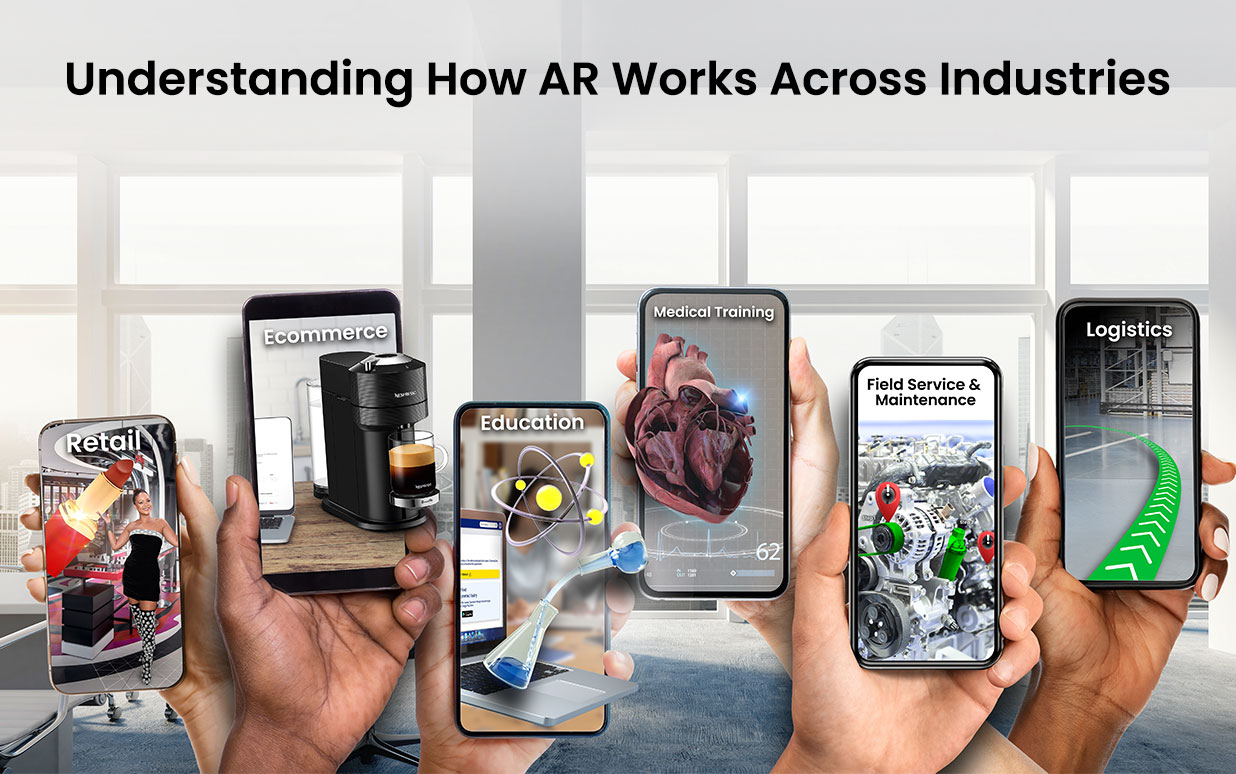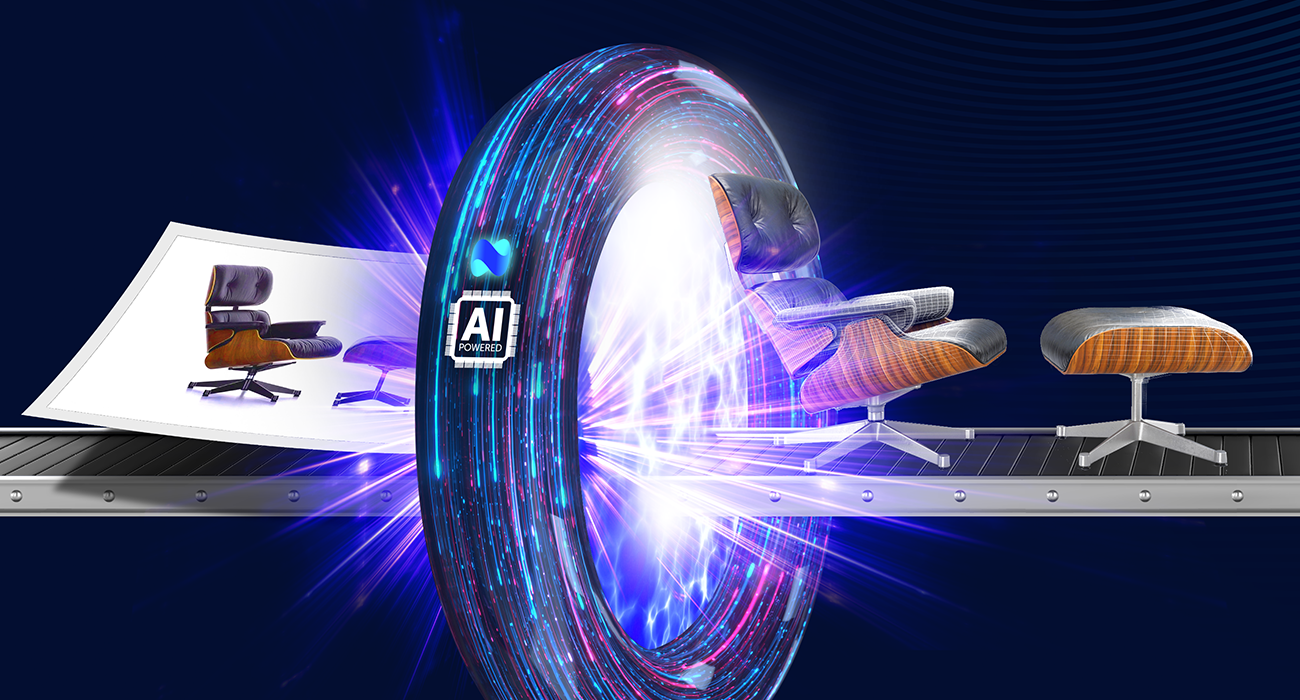Once a sci-fi trope, then used exclusively by gamers, augmented reality (AR) is no longer just a form of entertainment. The technology is becoming a critical tool for many businesses with their sights set on scaling, modernizing, and evolving with the changing demands of consumers—particularly within the manufacturing industry.
Why AR Is Taking Off in the Manufacturing Industry
According to Statista, over three-quarters of consumers shop online at least once per month, and the number of internet shoppers is climbing every year. What's more, e-commerce sales are forecasted to be nearly $750 billion by 2023 in the U.S. alone.
To compete in the ever-evolving space, businesses need to be efficient and profitable while meeting the needs of modern buyers. Here's how augmented reality comes into play.
Positive Experiences
There's no denying the fact that the buying experience is becoming more digitized. But purchasing something you've only seen pictures of online isn't ideal, and augmented reality can help bridge the critical gap between the virtual and physical worlds.
The technology can give shoppers a more realistic idea of products they're interested in buying—almost as if they're in-store but without having to leave home. Ultimately, AR has the potential to save consumers time and prevent buyer's remorse.
Positive experiences aren't limited to shoppers either. A survey conducted by IDC found that 82 percent of workers in the manufacturing industry have a favorable view of the technology.
Improved Efficiency
A thriving business is all about efficiency, especially within the manufacturing sector. The IDC survey found that AR can speed up training time, reduce production errors, and minimize downtime. It also pointed toward fewer truck rolls (technician dispatches for installing and reconfiguring products) and better first-time fix rates (the percentage of service appointments that resolve an issue on the first visit).
Competitive ROI
Implementing augmented reality into manufacturing can provide a good return on investment (ROI). Positive buyer experiences lead to fewer product returns, which reduces return shipping costs and results in higher net sales.
AR can also cut down on photography costs by replacing merchandise photos with superior digital models. Not only that, but optimized employee efficiency and faster training can help companies cut down on labor costs.

Augmented Reality for Manufacturers: Tools and Techniques
How will augmented reality disrupt the manufacturing industry? In some ways, it already has. The technology is being leveraged in the form of three-dimensional models, asset identification, training techniques, and marketing.
3D Models
True-to-scale 3D models of prototypes can make product design and development more efficient. In post-production, these digital simulations can provide a more realistic and thorough view of items at trade shows and online marketplaces.
There are also opportunities for interested parties to customize products in real-time instead of using their imagination to visualize a particular color or style they want. Three-dimensional renderings are particularly useful for large, high-priced goods like furniture and cars that are harder and more expensive to transport and fabricate.
Learn how computer-aided design software is used to automatically create 3D renderings of products in our blog, Turning CAD Into CGI-Ready Models.
Efficient Asset Identification
Augmented reality can also help workers quickly find and identify assets in factories, warehouses, and distribution centers. Smart mapping was once primarily a tool for navigating the outdoor world, but the technology is now being used indoors, guiding technicians, operators, and stockers to the products and parts they need.
AR Training
AR can be an extremely valuable training tool as well. New and recently promoted employees can learn through immersive, life-like experiences designed to simulate on-the-job settings. This may help workers gain the necessary knowledge quicker with a deeper understanding than watching training videos or having processes simply explained to them.
Elevated Digital Marketing
Augmented reality opens doors to some highly sophisticated marketing techniques. For instance, photorealistic 3D models and interactive holograms allow manufacturers to effectively showcase product features and capabilities. The promotional simulations can be used when pitching to investors, at trade shows, and in online product listings.
Adopting a New Reality
As you can see, there are many benefits of augmented reality in manufacturing. From improved efficiency and positive buyer experiences to competitive marketing and a high return on investment, businesses are wise to explore the technology and consider adopting it in the near future.
Get in touch with Nextech AR to learn more.







